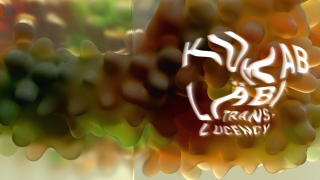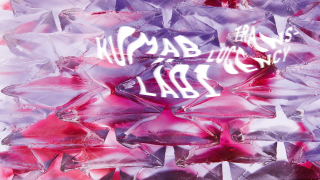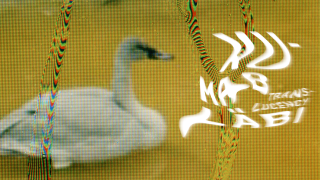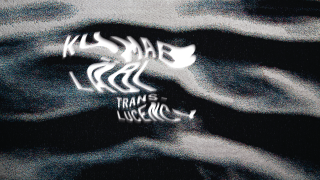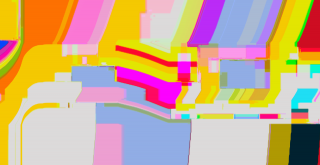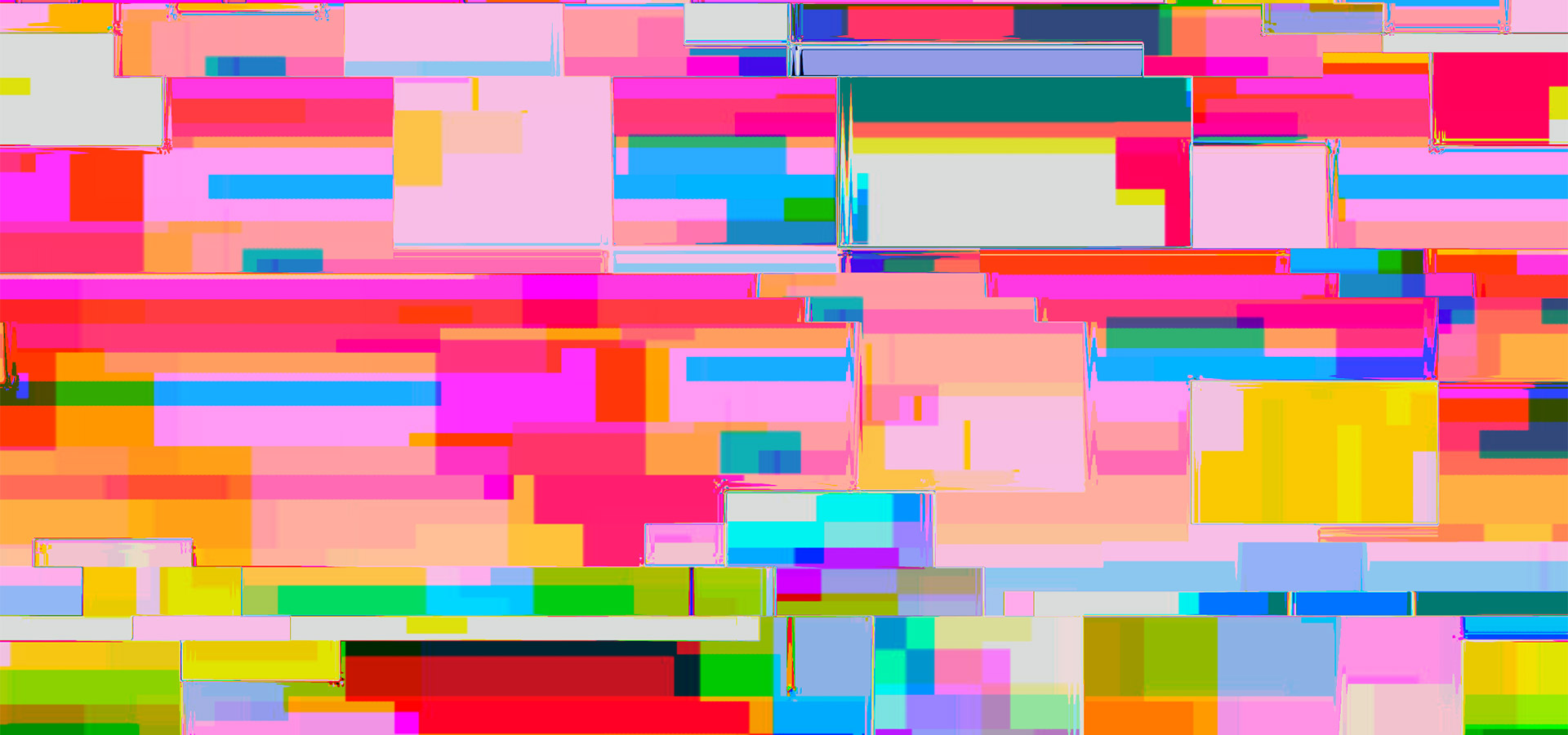The graphic design for the 8th Tallinn Applied Art Triennial was created by Marje and Martin Eelma from the design studio Tuumik Stuudio. Their design blurs the boundaries between materials and environments and features fragments of exhibited artworks.
What were some of your first associations with the theme of the triennial, translucency?
Layers, steam, water. Diving into other materials. Or perhaps even parallel worlds that haunt you after reading a book or watching a film, worlds that are inside or layered on top of one another or as a grid. In order to evoke translucency you need more than one environment and these environments need to come into contact with one another, yet still remain separate. When they blend, translucency is lost.
What did you start the design process with?
The exhibition concept of the curator Stine Bidstrup and our initial conversations with the exhibition designer Kärt Maran led us to think about water as material and a surface of reflection. These ideas became the basis for the design. We also thought about the location of the exhibition, Kai Art Center just by the sea, and this, too, contributed to the further development of these ideas. Water is transparent matter, completely different from air. In places where water and air meet, light makes possible situations, where water is both transparent and reflects back into our world. Water can be quite dynamic, which results in dynamic images. Water or other liquids can also have a hue to them yet still be transparent to great depths.
The design also uses photos of artworks we will see at the exhibition.
We included artworks in the conversations about the design early in the process and that remained an important element, so we had to make these layers complement one another. On the one hand, a fluid and reflective surface layer that was expressed as a fluid and steamy typeface and beneath that, selected works or details of artworks. To conclude, the design was created in collaboration with the triennial’s team – we were discussing several directions that were more or less focused on the same theme but using various graphic elements. Finally, the design that expressed a common understanding of the theme the clearest was chosen. Reflections of water are not so clearly visible anymore, however, the steamy translucent typeface still evokes undulating water.
Could you talk about how you chose the four photos featured in the design?
First, we looked if the photos fit with our chosen typeface, the steamy and fluid typography had to be visible against the background. Not all photos supported that. In the end, we chose photos that worked best with the typeface.
The graphic design of the triennial features the following artworks: Wang & Söderström “Flatscreen“, Sandra Vaka “Jugs (bitter lemon)“, Eeva Käsper “Enclosed Secret” and Grethe Sørensen “Lillebælt III“.
